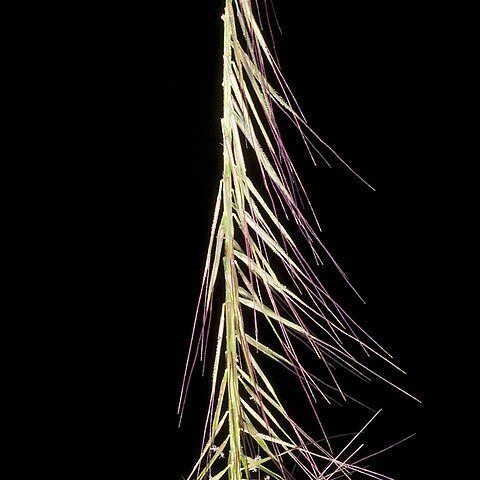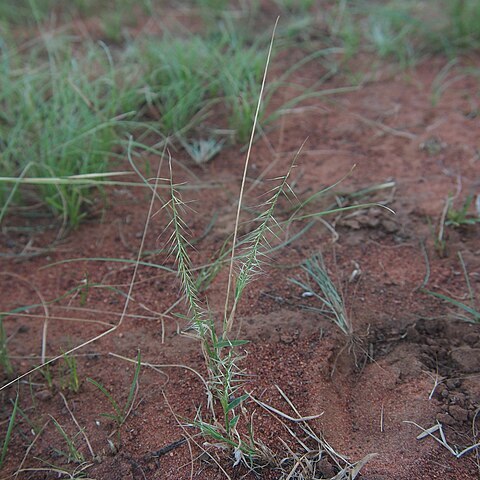Annuals or biennials. Flowering culms 15–40 cm high. Leaves ±erect, not distinctly distichous; blade flat, 1.5–5 cm long, 1–4 mm wide, flexible, with margins bristly at base for up to 10 mm, scabrous above. Inflorescences 10–28 cm long. Spikelets close together to well separated, sharply reflexed at maturity. Callus obconical, slightly flattened, 0.7–1.5 mm long. Glumes 5–11 mm long ((8–) 20–45 mm including awn), scaberulous or scabrous, with midnerve scabrous; awns glabrous or pubescent, or rarely setulose at base with bristles at most 0.5 mm long and straight. Caryopsis terete.


